I am going to list all the seam finishes I know and when I would use each one.
And, as always, leave comments if you have a different opinion.
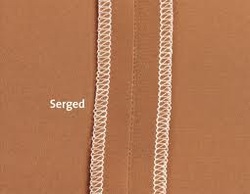
Usually I serge each side of the seam separately and press open like this photo, but sometimes I will serge the two sides of the seam together and press to one side.
This image is from Threads Magazine. They have loads of tutorials for different seam finishes with fine points about when to serge and what kind of serging to use.
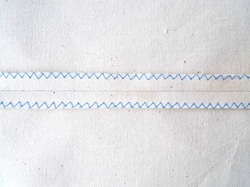
This photo is from Tilly and Buttons. Their tutorial for this seam finish is really good.
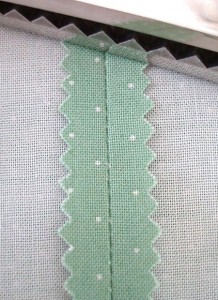
But, this is still a great finish for cottons and it's a seam finish that doesn't show on the right side of the garment after it's pressed.
This photo is from Oliver + S blog. They have a good tutorial that explains the ins and outs of pinking.
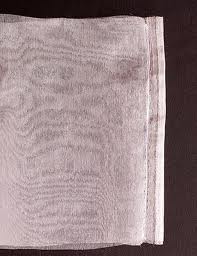
This photo is from Children's Fashion Workshop but the tutorial at Sew Neau is the best I've seen.
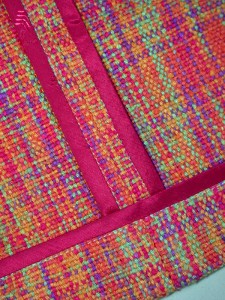
This photo is from Daryl's Blog at Weaver Sew where there is a very good tutorial.
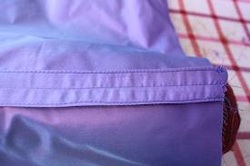
Gerty has a easy to follow tutorial, if you want to give it a try.
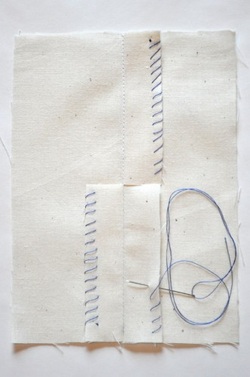
The photo and a tutorial are at Elegant Musings.
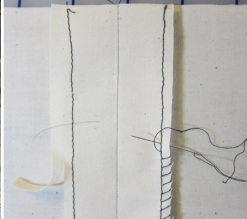
This from the blog at Burda Style, which has many seam finish tutorials and more.
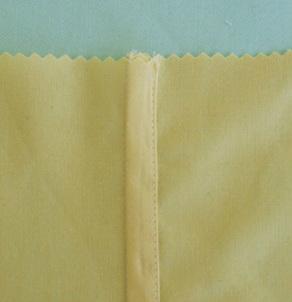
This photo is from Coletterie where there is an easy to follow step by step tutorial.
What did I miss? Is there a seam finish you love or one that's really good for a certain period or in certain circumstances?
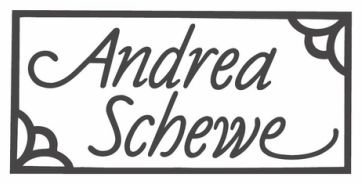
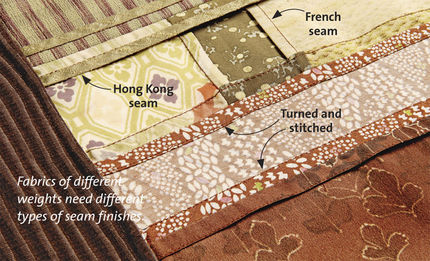
 RSS Feed
RSS Feed